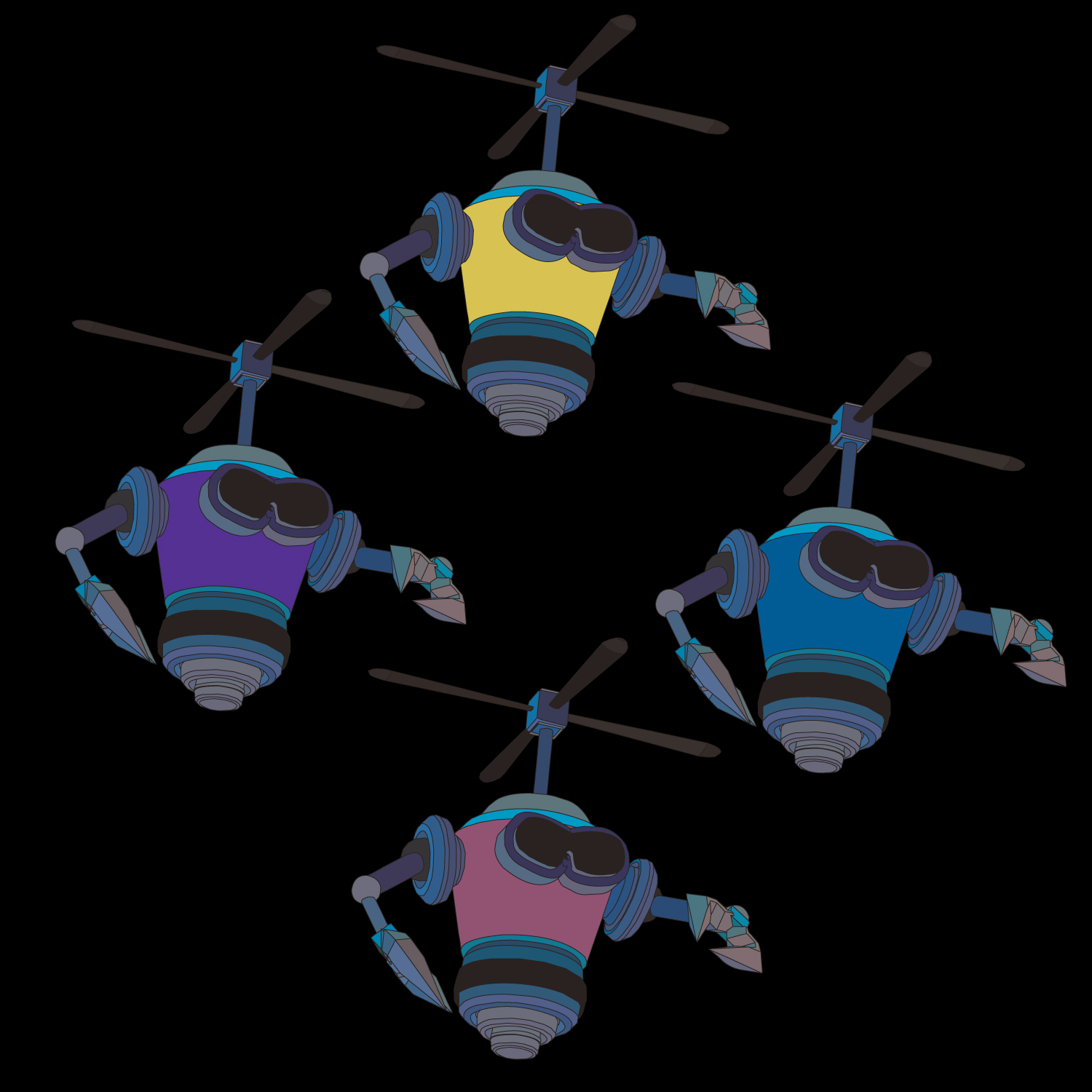The Quadrotors are coming!

By Scott Michael Slone
This article is by Scott Michael Slone, C2ST’s resident intern.
Robots are coming in from everywhere! By land, by sea, by air! Speaking of air, dozens of tiny robots known as quadrotors are making themselves visible! A quadrotor is a small flying robot that uses four propellers pointed upwards to fly. On their own they’re quite the acrobatic little fellas, and are capable of navigating themselves easily around their environment. The first video of this collection focuses on the swarm capabilities of the quadrotors being made at University of Pennsylvania. Continue reading “The Quadrotors are coming!”
